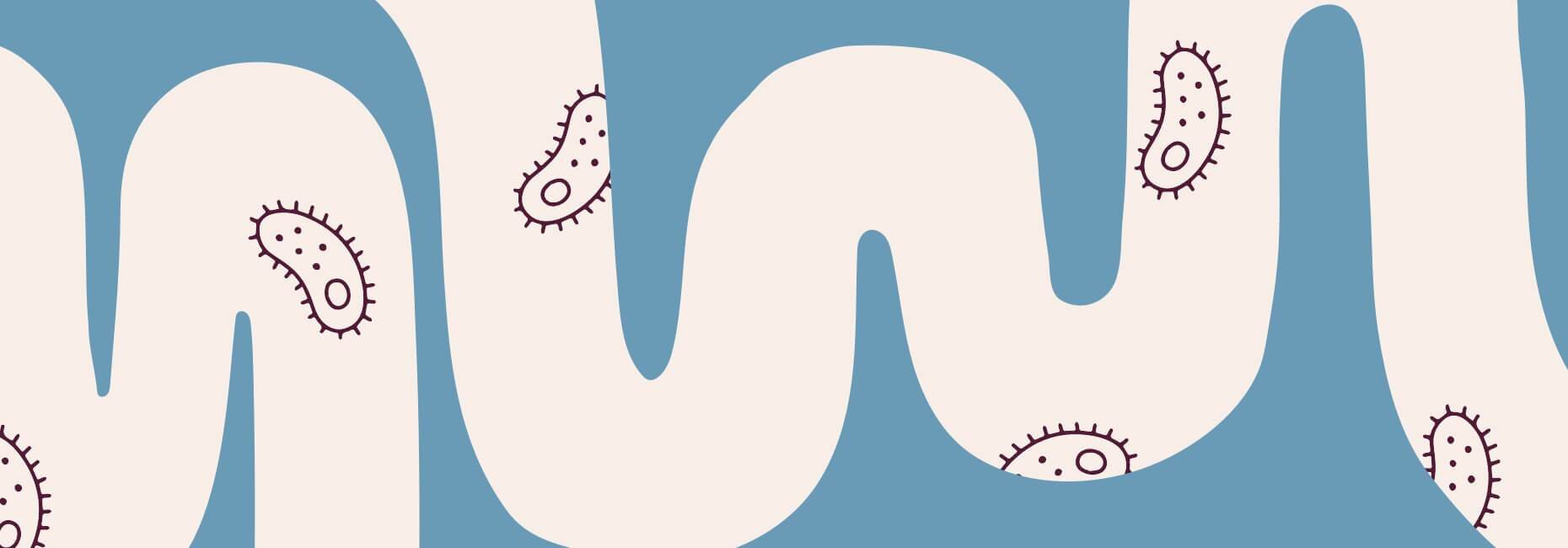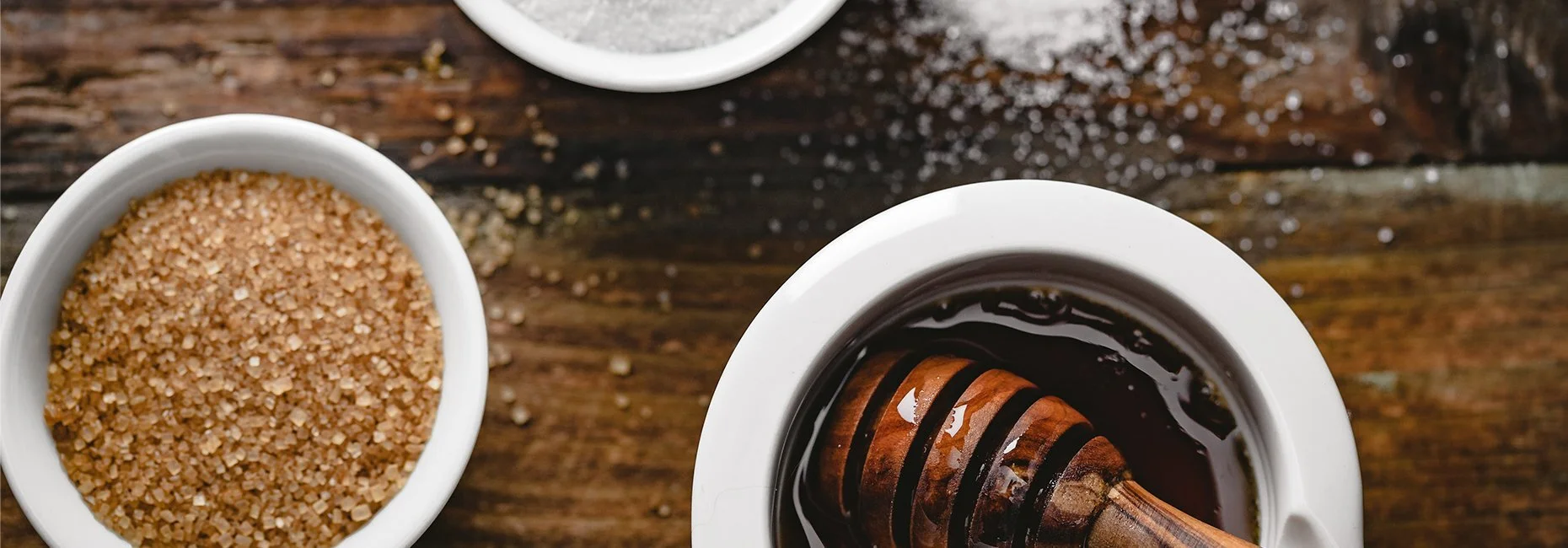All tagged Pendulum Therapeutics
The dawn phenomenon is the early morning spike in blood sugar that happens before breakfast and is believed to affect more than half of all people with type 2 diabetes. Fortunately, the dawn phenomenon can be managed through a combination of medication and lifestyle changes, but it all starts with knowing what the dawn phenomenon is and how it works.
Reversing prediabetes has been a focal point in clinical research for decades. And while many different methods have been tried, exercise and dietary changes have so far proven to be the most consistent and effective means of reversing prediabetes. In this article, we’ll help you understand how prediabetes develops and what can be done to reverse it naturally.
Preventing, managing, and reversing type 2 diabetes often involves controlling and lowering what’s known as your A1C level—a measurement that reflects what your blood sugar levels have been, on average, over the past 2-3 months. Here, we’ve put together a summary of methods for lowering your A1C levels naturally, each of which is backed by clinical evidence.
The term “probiotics” describes live microorganisms that provide a benefit to the host. These microorganisms can be found in both foods and supplements that help increase the presence of certain bacteria in the gut microbiome. Here’s a guide to help you understand what is known about probiotics in the management of type 2 diabetes and how you can evaluate different commercially available probiotics.
Being diagnosed with type 2 diabetes can cause your mind to flood with questions. What exactly is type 2 diabetes—and what does it mean for your long term health? A common question, too, is whether type 2 diabetes can be reversed or cured. The short answer is yes, type 2 diabetes can in some cases be reversed. Here, we explore what it means to reverse type 2 diabetes.
Deep within the human gut there is an obscure bacteria that may play a surprisingly important role in protecting us from conditions like type 2 diabetes and obesity. This guardian, known as Akkermansia muciniphila, reminds us that small actions can have a profound impact on our health.
Learning how to maintain healthy blood sugar levels is an important step towards managing type 2 diabetes and, for those with pre-diabetes, possibly even preventing it. Generally speaking, there are two ways to control your blood sugar: medications and lifestyle changes. This article will focus on the latter, detailing several lifestyle changes that have been shown to help people with diabetes maintain healthy blood sugar levels.
The phrase “glucose spike” isn’t a familiar term for many, but the experience it describes likely is: It’s that brief surge of energy that swells in us—especially in kids—after eating candy, cookies, or other sugary treats. In other words, a glucose spike is a temporary rise in blood sugar.
The gut microbiome contains more than friendly bacteria — it’s also rich with fun facts. Here are 5 of our favorite facts about the microbiome you may not have known. Digest it on your own or save it to enliven your next cocktail chat.
A1C refers to a measurable signal that’s produced when blood cells become coated in sugar. A1C tests work by examining the blood cells found in a sample of blood — collected via a finger prick or blood draw — and determining the percentage of sugar-coated blood cells.
In its most basic meaning, “blood sugar” is a term that describes the concentration of sugar in a person’s blood — usually measured as the collective weight of the sugar (milligrams (mg)) present in twenty teaspoons of blood (deciliter (dL)). In this case, sugar is specifically referring to a type of sugar known as glucose.
When we think of heirlooms, we tend to imagine sepia-toned photo albums and faded silverware. But if you’re among the 25 million Americans who’ve been diagnosed with type 2 diabetes, you’ve likely thought about inheritance in a broader, more consequential sense by asking whether conditions like diabetes can be passed from one generation to the next. Here, we explore this question.












